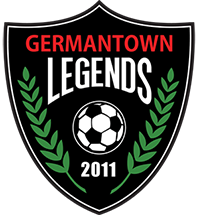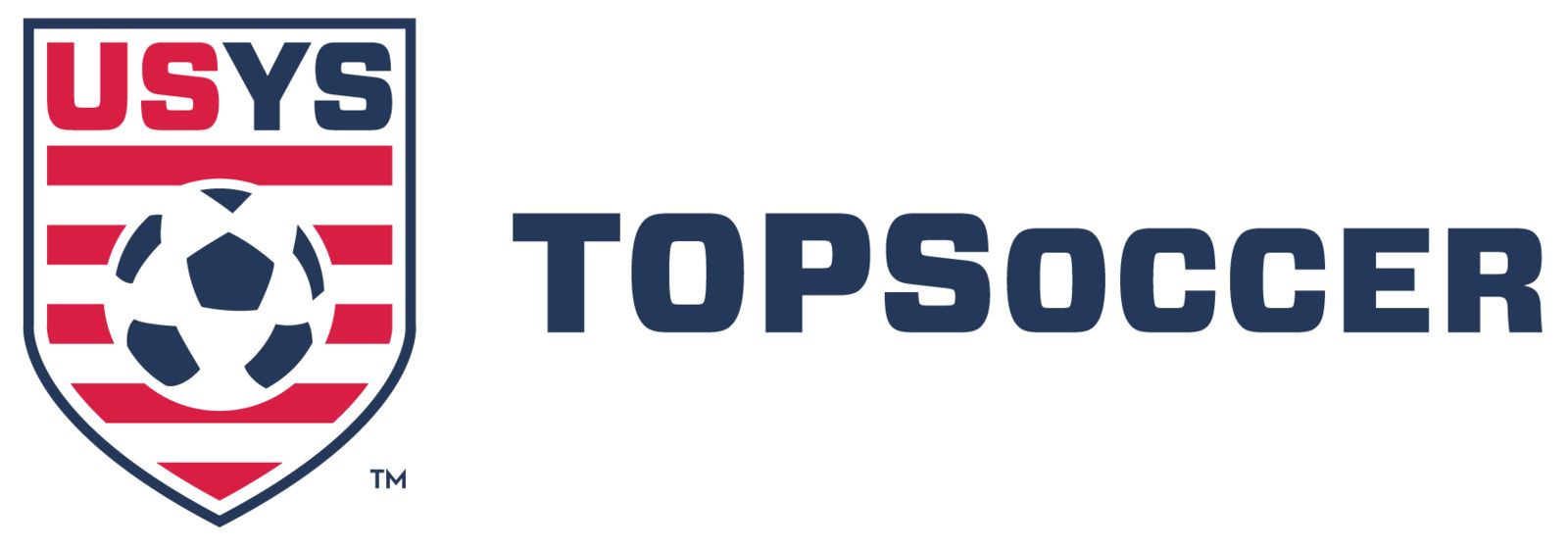Kicking is NOT a Soccer Skill
Program Design and Parents’ Role
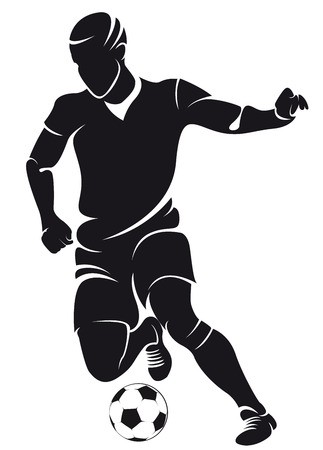 The purpose of this page is to outline our special program, specifically designed for the Future Legends U5 thru U8 players. The program is called: “KICKING IS NOT A SOCCER SKILL”. We would like to explain to you the skill priorities and program objectives for your child, the program’s format, and your role within the program.
The purpose of this page is to outline our special program, specifically designed for the Future Legends U5 thru U8 players. The program is called: “KICKING IS NOT A SOCCER SKILL”. We would like to explain to you the skill priorities and program objectives for your child, the program’s format, and your role within the program.
SKILL PRIORITIES
The technical objective of the Future Legends U5- U8 divisions is to teach players to dribble. DRIBBLING IS THE FOUNDATION SKILL FOR ALL OTHER SKILLS AND MUST BE TAUGHT FIRST. Aimless kicking is discouraged as it develops bad habits and has NO long-term benefits.
FIELD LAYOUT
You are asked to sit away from the sidelines during games. The objective here is to give the players a sense of freedom, encourage the players to think for themselves and wean them out of their dependency on the adults.
We ask that you:
- Refrain from coaching. Leave the coaching to the coach.
- Do NOT tell the players to ‘kick it’ during the games or during training.
- Avoid encroaching the field area until the game is terminated.
- Feel free to cheer and applaud. NO negative comments and absolutely NO coaching. And, please, applaud good plays by the other team too.
- Exhibit good sportsmanship and make the other team feel welcome.
- Best thing to say to your child followng training or a game,... 'I love to watch you play!'
Feel free to speak to us if you have any questions or concerns. We hope your child and you have a nice season.
KICKING IS NOT A SOCCER SKILL – PROGRAM RATIONALE
SKILL PRIORITIES
Everyone knows that the game of soccer has a number of basic skills, or techniques, that players have to learn, such as dribbling, receiving passes, making passes, shooting and heading. Players also have to learn to make good decisions during the game, such as when to dribble, when to pass, and to whom to pass. These players’ decisions are referred to as tactical decisions.
The first principle of soccer development is that players should MASTER THE BASIC TECHNIQUES BEFORE they can learn the tactical side of the game.
TECHNIQUE before tactics!
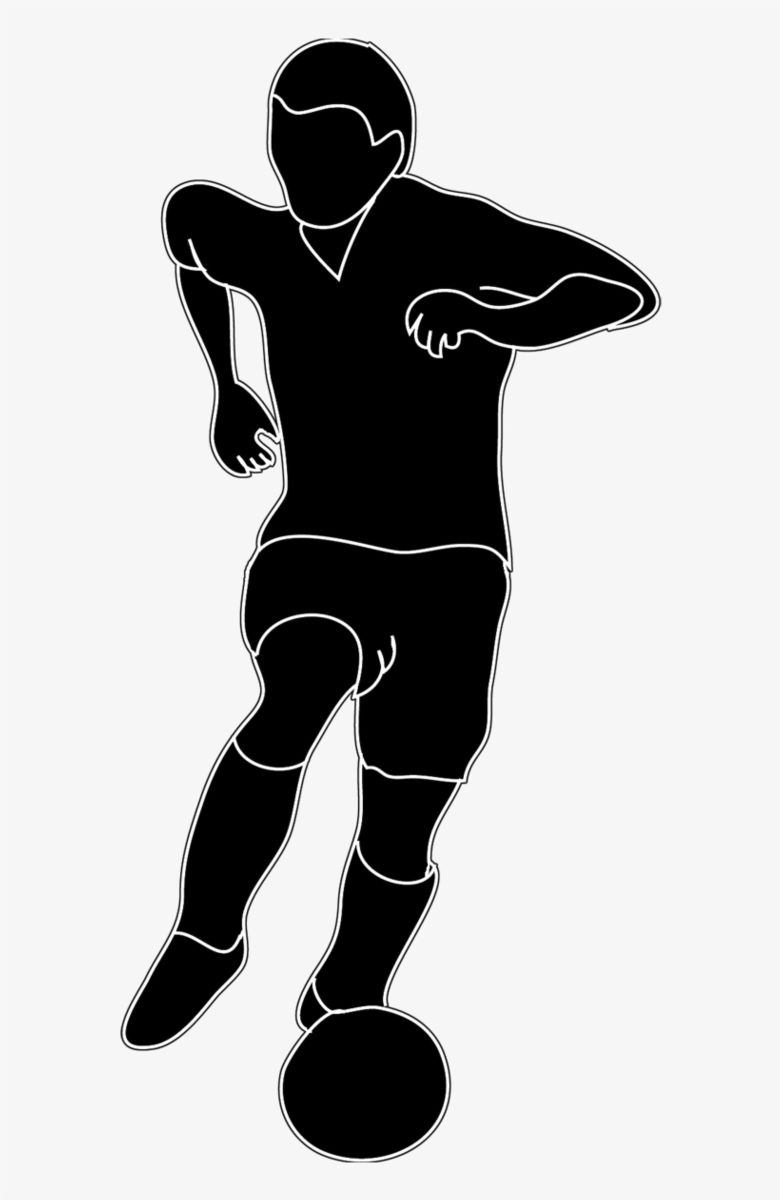 Think of techniques as vocabulary, and tactics as the grammar rules for forming sentences and paragraphs. Now, imagine a young immigrant who arrives in America without a word of English. It’s pretty obvious that before we can teach this immigrant about the rules for joining nouns, verbs, and adverbs to form a sentence, we have to give him a chance to accumulate enough vocabulary. The bigger his vocabulary, the better will he be able to use grammar to articulate his thoughts.
Think of techniques as vocabulary, and tactics as the grammar rules for forming sentences and paragraphs. Now, imagine a young immigrant who arrives in America without a word of English. It’s pretty obvious that before we can teach this immigrant about the rules for joining nouns, verbs, and adverbs to form a sentence, we have to give him a chance to accumulate enough vocabulary. The bigger his vocabulary, the better will he be able to use grammar to articulate his thoughts.
In terms of soccer development, your child is just beginning his/her ‘schooling’. We use the word ‘schooling’ here because there are many similarities between a regular school and a youth club, which can be considered as essentially a soccer school. In fact, as you might have already noticed, throughout this letter we will be using many analogies from real life schooling and the principles of growing up to explain the rationale behind the program.
As far as techniques are concerned, some techniques should be taught before others.
The first technique that children should learn is DRIBBLING.
The ability to dribble is absolutely critical, since dribbling is the foundation skill and preparation for all the other fundamental techniques of soccer, such as receiving, passing and shooting. When players are receiving the ball and making preparation touches prior to passing or shooting, they are essentially engaged in a ‘mini-dribble’.
Young players need to learn to dribble within a variety of playing situations, such as…
- Dribbling forward unopposed
- Changing speed and direction with the ball
- Shielding the ball from opponents
- Dribbling past an opponent and
- Dribbling to get away from pressure.
A limited ability to dribble leads to a limited range of passing or shooting, as well as restricted player position options later in life. There are also times in the game, when the player with the ball has no passing options and the only way out of tight pressure is to dribble.
Aside from the fact that dribbling forms the foundation for all the other skills, there are many other reasons why we need to focus on dribbling at U5 thru U8...
First of all, IT TAKES YEARS TO BECOME A COMFORTBABLE AND CONFIDENT DRIBBLER. Players have to learn to combine body control, agility, coordination and balance with the mechanics of dribbling and the sooner they start, the better. Just like any complex bio-mechanical skill such as skating or gymnastics, the later you start, the harder it is to achieve perfect form.
Secondly, THE PROCESS OF LEARNING TO DRIBBLE INVOLVES TRIAL AND ERROR. At first, the players’ rudimentary attempts at dribbling will often result in failure as they discover the contrast between a soft touch and a hard touch on the ball. The players will slowly develop a ‘feel’ for the ball as they experiment at controlling and propelling it. Young players don’t get discouraged easily if they don’t succeed. Players of this age do not possess the analytical thought process to look back or think ahead. They live for the moment, in the here and now, and the fact that the last time they tried to dribble it didn’t work will not even enter their minds. But if we wait for the players to mature before we emphasize dribbling, many of them will lose their confidence if they do not succeed and will become reluctant to dribble.
Thirdly, IN 3V3 AND 4V4 PLAY, THE FIELDS ARE SO SMALL THAT DRIBBLING IS ALWAYS AN OPTION SINCE THE BALL IS ALWAYS JUST A FEW YARDS AWAY FROM SHOOTING RANGE. Once the game moves to the larger sized fields, dribbling becomes less effective on its own and must be combined with passing to get the ball from point A to point B.
And lastly, IT’S BETTER TO GO THROUGH THE PROCESS OF TRIAL AND ERROR WHEN GAME RESULTS ARE NOT IMPORTANT AND STANDINGS ARE NOT KEPT. At the U12 and older ages, (competitive) game results assume more importance, making it hard for the parents and coaches to show patience and tolerance for mistakes, and putting added pressure on players to ‘get rid of the ball’ rather than risk losing it. Once games become competitive, the resultant environment is not ideal to start learning how to dribble.
KICKING IS NOT A SOCCER SKILL!!!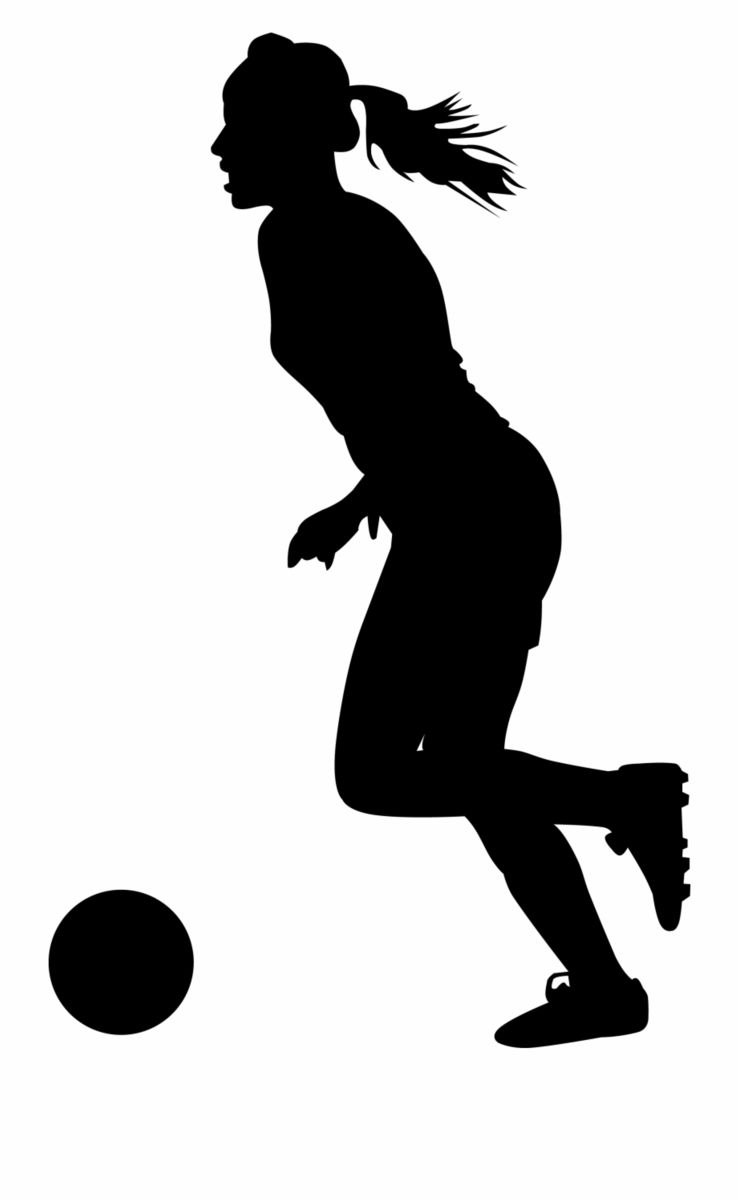
Most coaches and parents of beginner players unknowingly emphasize the wrong skills. In a typical U5 thru U8 play, the players are encouraged by both the parents on the sidelines and the coaches to ‘boot’ the ball up the field.
Shouts of “get rid of it!” and “kick it!” are all too common. The further forward a player kicks, they louder the cheers. Players are so indoctrinated to ‘kick it forward’ that very few of them dare to get out of pressure by dribbling. The fact is that the players are asked to execute a skill (kicking) that they would automatically learn anyway as they grow up, even if they didn’t play soccer. If you don’t believe it, just go outside to your back yard, place a ball on the ground, take a few steps back, run up to the ball and kick it forward. I am willing to bet you that, even if you never played soccer in your life, you would still succeed in kicking the ball forward. Your kick might look awkward and your movement lack grace, but you still would manage to kick it forward.
The reality is that players are controlled like puppets by the adults to such an extent that they are not thinking for themselves and are afraid to do anything but kick the ball. Even throw-ins are routinely thrown straight to the other team by confused players who are conditioned to play the ball forward, no matter what. The kick-offs are no better, with players kicking the ball straight to the other team, American football style. Players who clearly have plenty of time on the ball with no pressure anywhere near, are still kicking it forward without any thought or skill. And this type of mindless play is usually not corrected by the coaches and is allowed to occur time and again. The end result is that we are ‘coaching’ the skill of dribbling OUT of the players. We take away the natural ‘comfort’ with the ball - forever!
Let’s be frank here. The underlying issue has to do with how you, the adults, look at the game and analyze it. It’s fair to say that you all accept that results at U5 -U8 do not matter and that there is no need to keep standings. But you also instinctively know that the easiest way to get the ball from point A to point B is to kick it in that direction. It’s hard for you to watch your child lose the ball in front of his/ her own goal and for the other team to score. So, the next time your child has the ball in his/her half, you can’t help it and shout “kick it!”.
BUT, EVERY TIME THEY ‘KICK IT’, THEY LOSE ANOTHER OPPORTUNITY TO LEARN TO DRIBBLE.
The buzz word of our program is: ‘Soft first Touch’. Every time your player goes to the ball, his/her first touch on the ball should be a soft one, meaning, NO KICKING!
Some of you might ask “but what about passing?” Isn’t soccer a team game and passing a fundamental team skill? Passing implies an intention by a player to direct the ball accurately towards a teammate. It implies decision-making.
Do NOT confuse passing with kicking. Kicking means using the feet to propel the ball in a certain direction.
You will NOT see any passing in a U5 or U6 game, and very little in a U8 game. Passing is simply beyond the ability of U5, U6 and most U8 players. In terms of the level of difficulty, kicking is the easiest to learn, dribbling is next, and passing is the hardest to master for young players.
Think of dribbling as ‘passing to oneself’. If players cannot pass to themselves, how can they be expected to pass to a teammate 15 yards away? What young players do is actually kick, not pass, and the cheers they hear from you when they kick only serve to reinforce this bad habit.
For this reason, we ask you to stop shouting to your players to ‘Kick the ball’. If game results truly don’t matter, no one should be overly concerned if a player tries to dribble and loses the ball. First touch must be a SOFT TOUCH.
WEANING YOUNG PLAYERS OUT OF ADULT DEPENDENCY
Now that we explained the program’s skill objective for your child’s technical development, we would like to make you aware of another important objective, in the area of decision-making. Children aged 4 to 8 are naturally dependent on their parents for many of their daily needs. This dependency transfers into youth sports, manifesting as parental coaching from the sidelines. The players themselves will tend to look to their parents for help since they are conditioned to be dependent on them. Therefore, another important objective of our Future Legends U5- U8 divisions is to wean the players out of their dependency on adults during games. This is so very crucial for the development of soccer players. We all know that soccer is a player’s game, meaning that it’s the player who must make the decisions on the field. In soccer, coaches have a lot less influence and power during games than in some of the other traditional American sports. Soccer players must learn to think for themselves, and the sooner they learn to stand on their own feet, the better. Since results do not matter at these age groups, no one should be overly concerned if players make mistakes that lead to goals. Parents and coaches must resist the urge to tell their players what to do.
One of the main features of youth soccer is having the parents sit very close to the field. We realize that it all seems so nice and cozy to sit by the sidelines. But sitting so close to the players gives the parents too much presence, which impacts the players’ behavior, response and performance. If we want to give the players a sense of freedom and the ability to make their own decisions, we need to physically step back. This is why we ask you to sit some distance from the field (when possible), where you can still enjoy watching without your presence intimidating the players. What we lose in coziness, we gain in giving an invaluable sense of independence to the players.
INDIVIDUAL CONCEPT VS TEAM CONCEPT
As parents, naturally 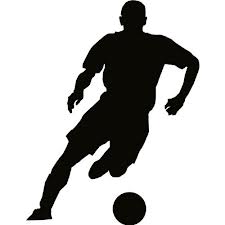 you are mainly concerned with the welfare and development of your child. When your child goes to school, you are really only interested in how he/she is progressing in school. Do you really care how the class is doing as a whole? As long as your child is doing well and the teacher is keeping pace with the required academic standards for his/her age, you are happy. You don’t go around boasting that your child’s class average was higher than the class next door. The class concept in school is seen as a logistical convenience where children of like-age are grouped together to learn academics and social skills within the dynamics of a group. Nothing more, nothing less.
you are mainly concerned with the welfare and development of your child. When your child goes to school, you are really only interested in how he/she is progressing in school. Do you really care how the class is doing as a whole? As long as your child is doing well and the teacher is keeping pace with the required academic standards for his/her age, you are happy. You don’t go around boasting that your child’s class average was higher than the class next door. The class concept in school is seen as a logistical convenience where children of like-age are grouped together to learn academics and social skills within the dynamics of a group. Nothing more, nothing less.
The same concept should be applied to youth sport. Just like a classroom, a youth team should be seen as a convenient way to group players of similar age and ability together, to learn how to play soccer, as well as develop social skills. Nothing more, nothing less.
But parents and coaches seem to have a hard time accepting this notion. They let the team concept take over and become the focus of the soccer activity. It’s no longer “my son is going to play today”. It’s become “OUR TEAM is playing against THEIR TEAM today”.
People want to be part of a team. They feel safe and comfortable. There are many positives in a team environment, such as building lifelong friendships, sharing common goals, learning to trust and depend on others. But when the team assumes too much importance or consumes your life, it can lead to tension and conflicts. Games become more stressful. The mood of the family unit for the rest of the day hinges on the game result. ‘What’s best for the team’ overrides what’s best for the individual players. The negative aspects of the team concept manifest themselves in many ways: The amount of playing time players get, rivalry between teams spilling over into arguments and even hostility, coaches fighting over players, referee abuse, etc.
As parents, you should only be concerned with one thing: IS YOUR CHILD HAVING FUN? And, is he/she being given the opportunity to play and learn the game? How the team is doing has absolutely no impact on the future well being of your child.
Mia Hamm did not play for the National Team because her U10 team won the state championship. She was on the national team because she had developed into a skillful and athletic player.
Your child might develop into a high level player or he/she might not. A lot of this depends on the genes and is pre-determined before your child was even born. As long as he/she is having fun and developing a lifetime habit of healthy participation in sport, that’s all you can ask for.
Remember: The team is there to serve your CHILD’S needs. Your child is NOT there to serve the team’s needs. If the team’s performance produces strong emotions in you, you need to step back and take a deep breath and suppress these emotions. The team is just a logistical expediency to engage a bunch of kids in play. Nothing more, nothing less. Tomorrow, your child will be part of another team.
Parents must beware of coaches who seem intent in building a ‘dynasty’ at these young ages. If a coach approaches you with the intent to recruit your child into his/her team because “He wants to build a strong team”, you should question his agenda. The chances are he/she will emphasize the wrong type of development and training. The chances are that he/she will replace your child down the road when a better player crops up.
Here’s just a few soccer skills to learn…
|
ATTACKING MOVES |
ESCAPE/ SHIELDING MOVES |
||
 |
Stop & Go |
Pull-back |
 |
|
Fake Kick |
Backwards ‘L’ |
||
|
Beardsley |
Sideways Roll |
||
|
Zig Zag |
Puskas or ‘V’ |
||
|
Simple Fake |
Outside Chop |
||
|
Matthews |
Inside Cut |
||
|
Drag & Go |
Inside ‘Shield’ Turn |
||
|
Cruyff turn |
Outside ‘Highway’ Turn |
||
|
Scissors |
Ollie |
||
|
Step-over |
|
||
|
Half Zico |
|
||
|
Zico |
|
||
|
Maradona |
|
||
|
Ronaldo Chop |
|
||
|
Ronaldinho - Elastico |
|
||
|
Rivelino |
|
||
|
Preki |
|
BALL MASTERY
Setup a small soccer activity area to practice some of your favorite moves, or visit the following links for more activities:
- Ball Mastery... SkillsForLegends.GermantownLegends.com
- ActivitiesForLegends.GermantownLegends.com
- SoccerAtHome.GermantownLegends.com
- KickingIsNotASoccerSkill.GermantownLegends.com
DECISION MAKING
The quick decisions your players make… let them make them!
Some think that football (soccer) is played with feet. They are the same people who think that chess is played with their hands.
Often when discussing the best soccer players, intelligence is often a key defining factor of how good the best players really are. The intelligence of good players allows them to make quick and smart decisions that help them and the team during the match. These decisions define the outcome of goal scoring chances, defensive opportunities and the entire outcome of the match.
The ability to make tackles, blocks, saves, passes and score goals means nothing without knowing when, where and how is best to do so.
Decision-making is key to ALL positions and roles on a soccer pitch.
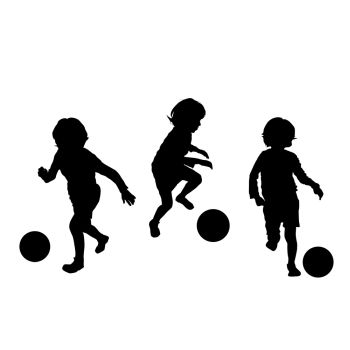 PRE-GAME WARM-UPS
PRE-GAME WARM-UPS
The approach to the pre-game warm-up should also change. No more traditional line drills where the coach serves one ball at a time to a line of players who shoot on goal. Instead, the players should ALL HAVE A BALL and dribble inside their half, using fun types of dribbling activities, to prepare them for the game.
If we want our players to fully master the art of dribbling, the following conditions must exist:
- They must start learning to dribble early
- We must provide ample opportunities for dribbling in practices and games
- We must create the right game environment where players are NOT afraid to dribble
Remember to always PRAISE THE PLAYERS FOR EVERY ATTEMPT. Keep them excited and motivated.
This method will speed up the game, will produce more goals and more excitement. For more information or questions, please contact the Legends staff.
NEW BALL METHOD (FOR U5/U6 FUTURE LEGENDS)
 The idea behind the ‘new ball method’ is to keep the flow of the game constant and increase the number of ball touches by all the players. The ‘new ball method’ eliminates restarts such as throw-ins and corner kicks and keeps the ball in play continuously. Restarts might be important to the game results at the highest level of play, but they have no relevance or developmental benefits at the U5- U6 level. Since the objective of the KINS Program is to teach players to dribble, every aspect of the traditional game that reduces the opportunity to dribble is removed.
The idea behind the ‘new ball method’ is to keep the flow of the game constant and increase the number of ball touches by all the players. The ‘new ball method’ eliminates restarts such as throw-ins and corner kicks and keeps the ball in play continuously. Restarts might be important to the game results at the highest level of play, but they have no relevance or developmental benefits at the U5- U6 level. Since the objective of the KINS Program is to teach players to dribble, every aspect of the traditional game that reduces the opportunity to dribble is removed.
The basic principle of this method is that, when a ball goes out of bounds, the coach ROLLS a new ball into play. Experiments with this method found that the players caught on to the method very quickly and loved it. The parents and coaches at Richmond Hill embraced the concept as soon as they witnessed it ‘first hand’. The experiments also proved that, on average, players’ ball touches increased two and threefold. This was determined by counting the number of touches per player under the traditional rules and comparing to the number of touches under the ‘new ball method’. Tracking the amount of actual playing time revealed that the ball was in play for only 45% of the time under the traditional rules, and almost 100% of the time under the ‘new ball method’.
- To implement the ‘new ball method’, use one coach to ROLL the balls in. The coach(s) should have a number of balls near, ready to be rolled, one at a time.
- When a ball goes out of bounds, the coach yells “new ball!”, counts ‘one-Mississippi, two-Mississippi, three-Mississippi' (to themselves) and then rolls a new one in. The players will learn quickly to react to the new ball.
- Always roll the ball into the unoccupied space. Players will learn to move towards the ball.
- Do NOT throw the ball high in the air since the players are not yet skilled enough to control a bouncing ball.
- Coaches can also use this method to get the non-assertive players involved, by rolling the ball towards them. This will help bring them out of their shell. If the players are really shy, simply place the ball at their feet.
- If one team is dominating the game, the advantage can be shifted to the other team by rolling the ball accordingly.
- This method can also be used to break up a ‘beehive’. If all the players are bunched up around the ball, shout “new ball” and throw one into the open space.
Have any recommendations for additional ideas and resources? Please send us your recommendations to info@GermantownLegends.com!
 |
.jpg) |
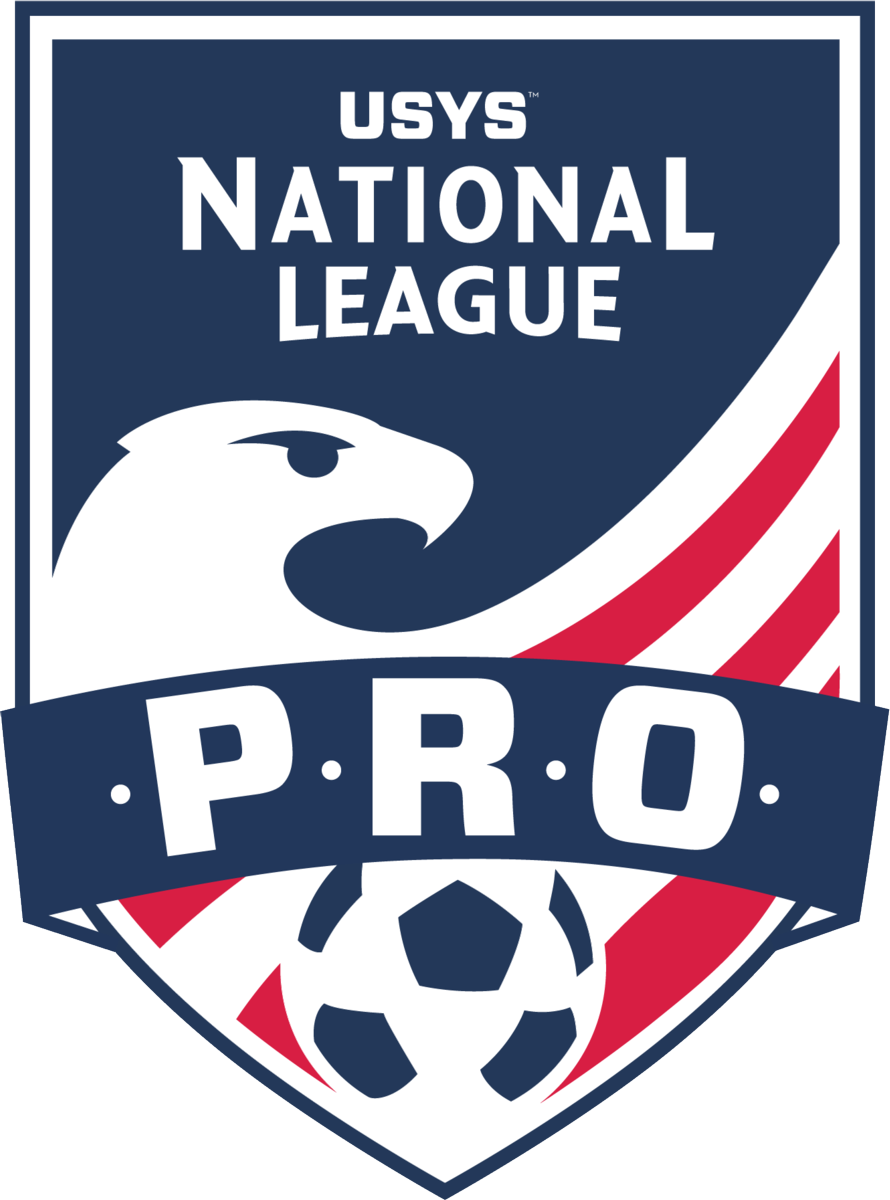 |
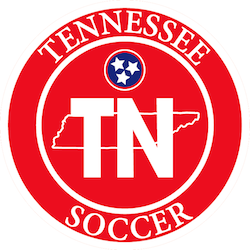 |
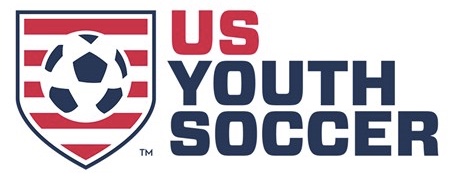 |
 |
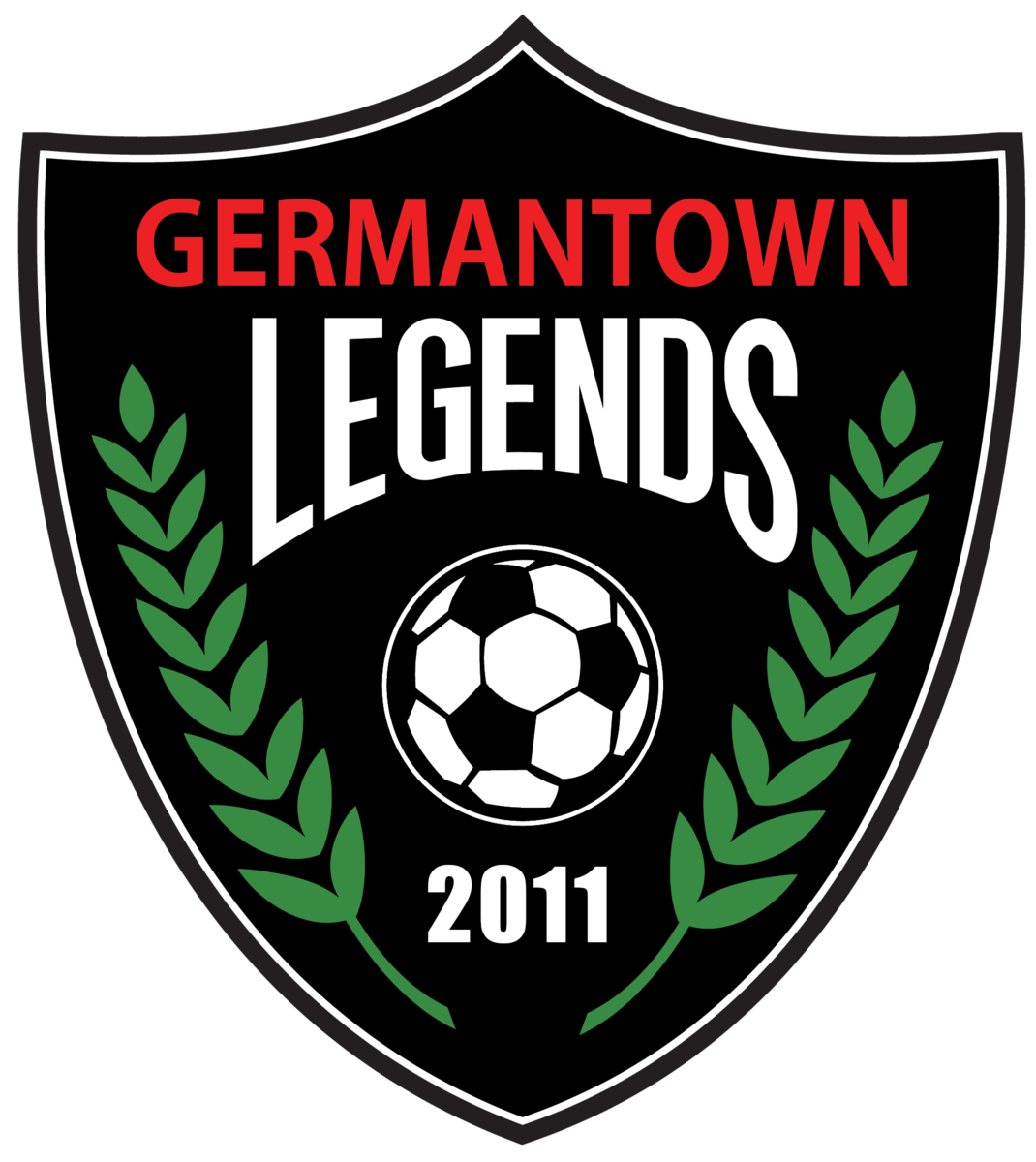 |
The Germantown Legends are a premier youth soccer club located in Germantown, Tennessee.
Established in 2011, the Legends Soccer Club focuses intensely on creating brave creative leaders for life. Our no guilt, no shame, no blame philosophy gives kids the confidence to get out of their comfort zone and create the big play in any situation!
The Germantown Legends Soccer program is the official 'Soccer Provider' to the City of Germantown.
For Field conditions, Inclement weather, Program updates, Camp information, etc., please visit the following:
Facebook: Germantown Legends Soccer
Instagram: Germantown Legends Soccer
Twitter: @GermantownSoc
INFO@GermantownLegends.com
www.GermantownLegendsSoccer.com
